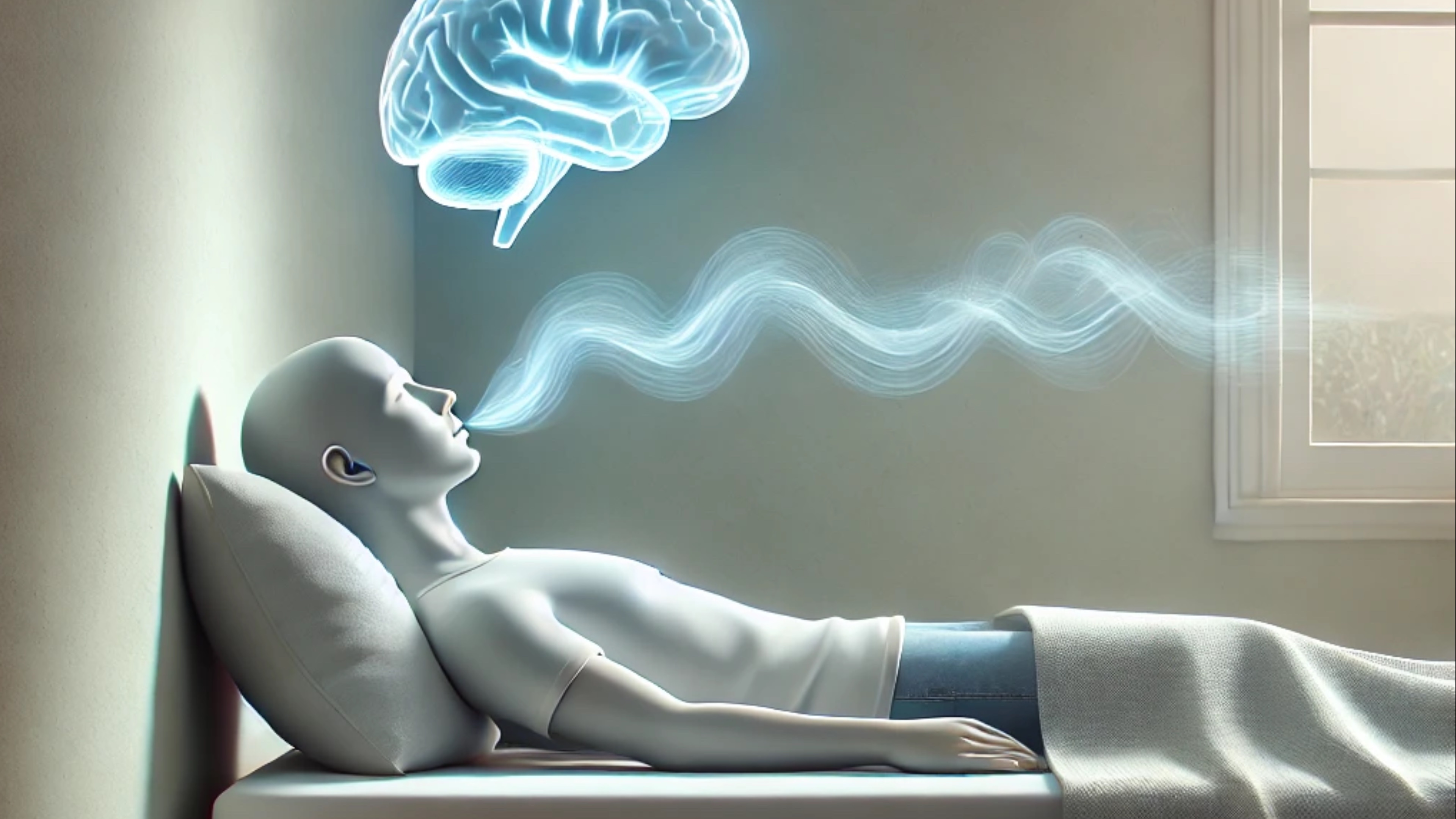
Lying Down Pranayama: Healing
10 months ago By Yogi AnoopInitial Practice of Pranayama from a Therapeutic Perspective
From a therapeutic perspective, I do not recommend sitting upright for pranayama practice, especially for physical or mental health patients. This is because sitting places additional pressure on the spine, forcing the mind and brain to endure the strain and discomfort. In such a state, the individual cannot focus deeply on the experience of breathing and may unintentionally create tension in the muscles and senses instead of relaxing them.
Limitations of the Spine and Sitting Posture
If the spine is not strong enough, sitting for extended periods can lead to pain. In such cases, lying down for pranayama is a better option, particularly for individuals whose physical structure or health does not permit them to sit upright.
Traditional Approach and Modern Experiments
Traditionally, pranayama and meditation are recommended to be practiced in a seated posture. However, in my experience, for patients whose stress levels have deeply impacted their brain and spine, lying down for pranayama has proven to be more effective. This method has enabled patients to experience significant benefits within a short period.
Pranayama While Resting on the Back
For certain conditions, such as muscle weakness or extreme tension, performing pranayama while resting the back on the ground is ideal. This approach relaxes the body and helps establish a steady breathing rhythm during the initial phase. In contrast, breathing instability is often observed when pranayama is performed in a seated posture. Hence, I recommend starting with lying-down pranayama.
A Solution for Pitta-Dominant and Air-Disorder Patients
Lying-down pranayama techniques have been especially effective for individuals with pitta dominance and air-related disorders. Since sitting for pranayama can initially be challenging for them, I developed this approach. Furthermore, practicing at a 30-degree incline after a few months of training has shown remarkable results, particularly for issues like snoring and brain-related disorders.
Benefits of Lying Down for Pranayama
1. Reduced Pressure on the Spine: Lying down for pranayama eliminates any strain on the spine.
2. Brain in a Relaxed State: Without spinal tension, the brain remains in a restful state, and blood flow smoothly reaches the brain.
3. Muscle Relaxation: This method quickly brings the muscles into a state of relaxation.
4. Healing Process Support: Pranayama facilitates smooth blood and oxygen circulation in the body and brain, promoting rapid healing.
5. Relaxation of the Senses: A relaxed spine calms the senses, enhancing the depth of the pranayama experience.
6. Mental Emptiness: This technique aids the mind in reaching a state of emptiness with ease.
7. Improved Deep Sleep: This type of pranayama has been observed to positively impact the quality of deep sleep.
Drawbacks of Lying Down for Pranayama
1. Lack of Depth in Experience: The depth of experience develops relatively slowly with lying-down pranayama.
2. Tendency to Fall Asleep: Practitioners or patients often fall asleep during this practice, disrupting their focus.
3. Hindrance to Spiritual Progress: Some patients perceive this practice as a relaxation tool rather than a means of spiritual advancement.
4. Potential for Laziness: Lying-down pranayama may sometimes lead to increased laziness in certain individuals.
The Right Approach to Pranayama
At the beginner level, lying-down pranayama proves to be more effective and beneficial. As individuals deepen their understanding of the inner experiences of their mind and body, their spine strengthens. After this, practicing pranayama and meditation in a seated posture becomes more advantageous.
It is also essential to note that during pranayama, I encourage practitioners to focus solely on their experiences rather than imagining any specific energy, posture, or power.
The technique of lying-down pranayama is especially beneficial for those who cannot practice pranayama in a seated posture and are stressed too much due to physical or mental limitations. This method allows the body and mind to relax while facilitating a deeper connection to the experience of breathing. However, for long-term practice, seated pranayama is ideal, as it enhances the depth of experience and mental focus.
Recent Blog
Copyright - by Yogi Anoop Academy
